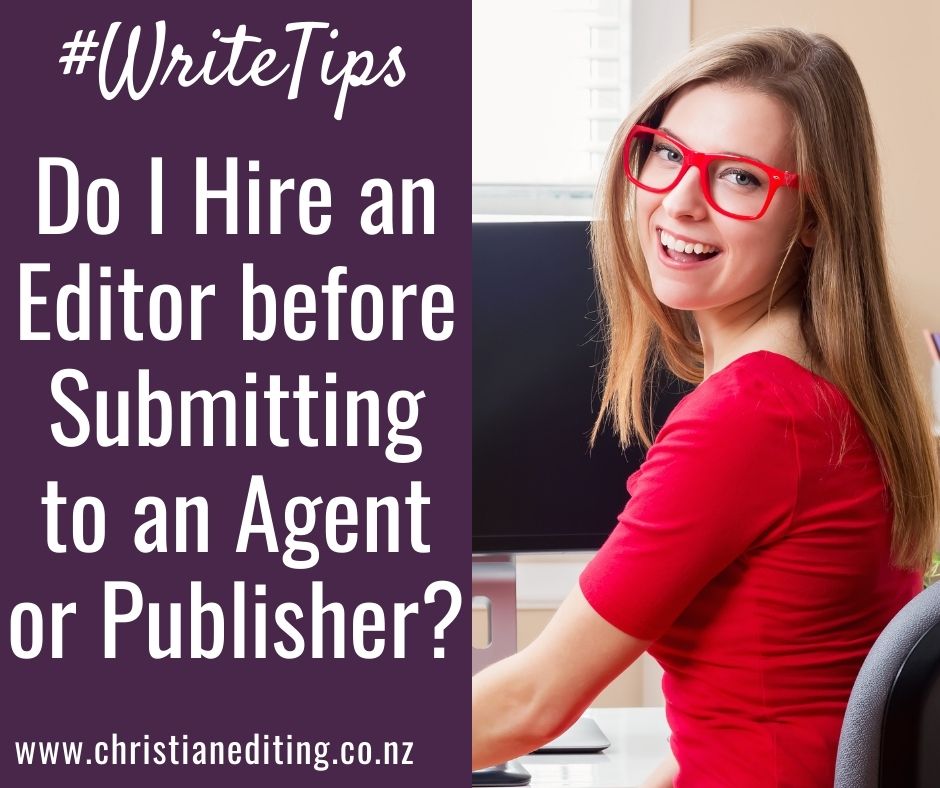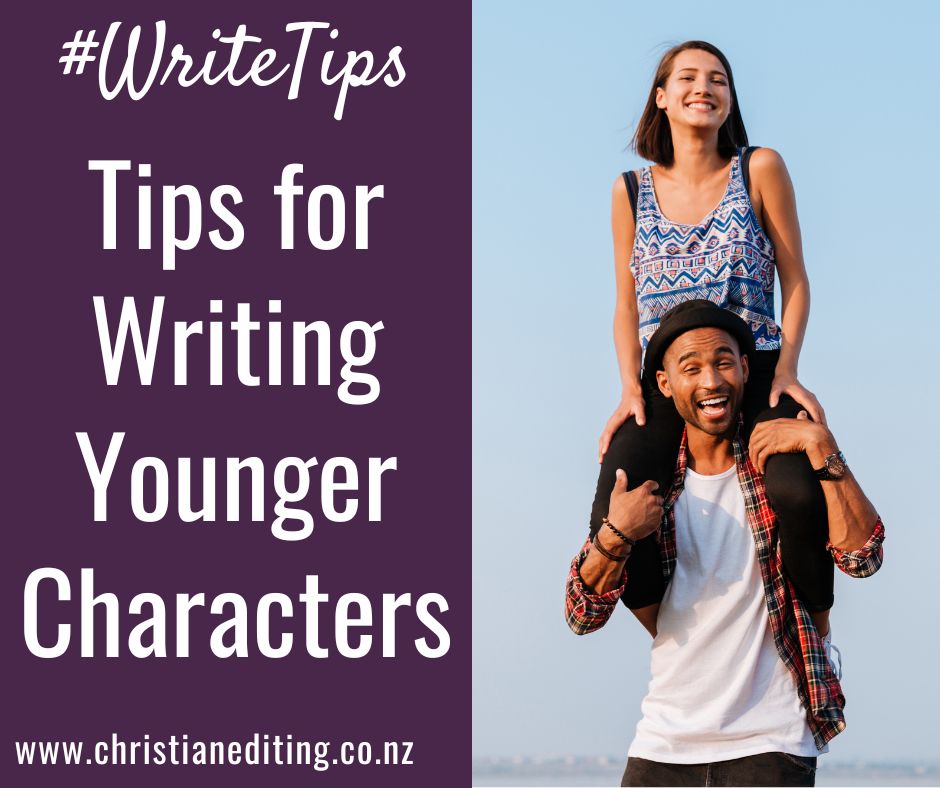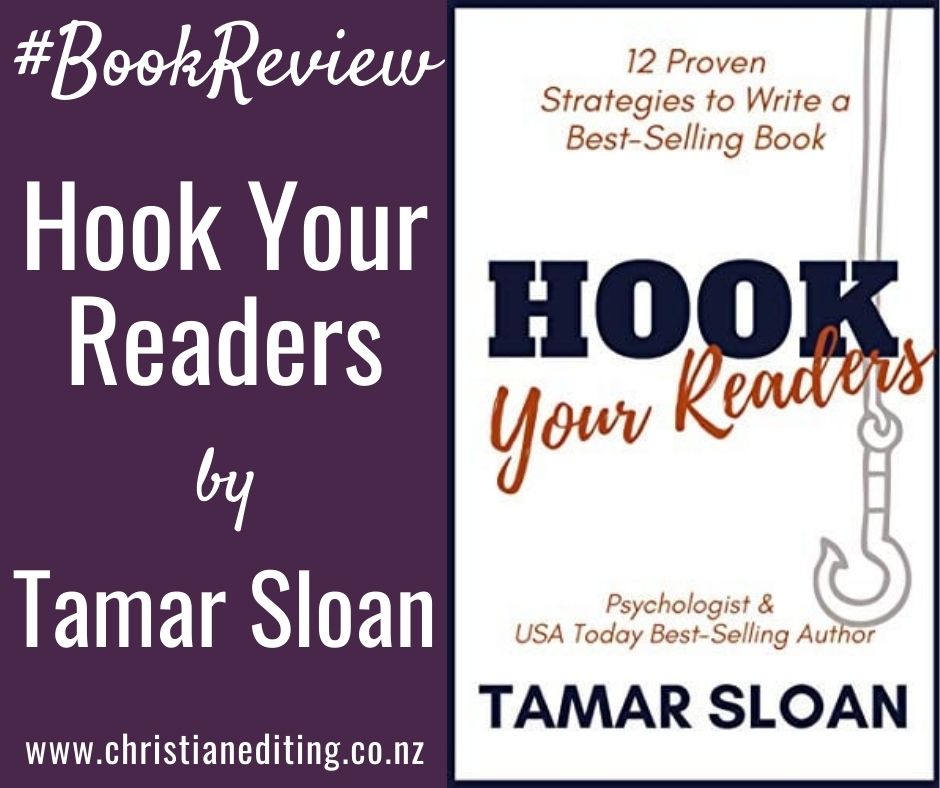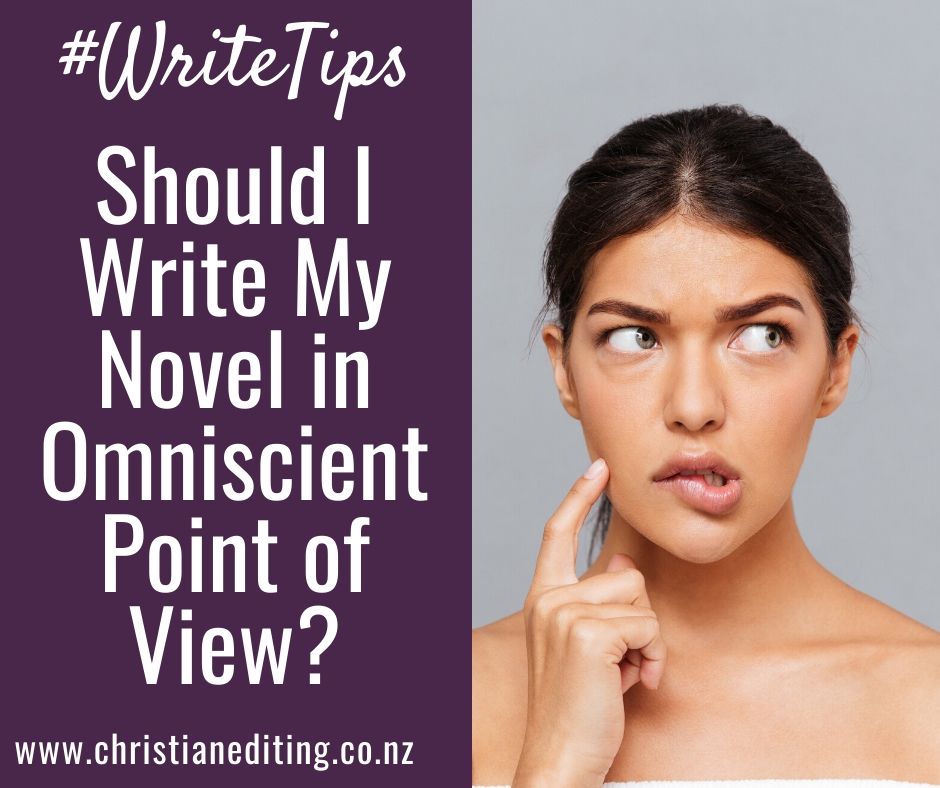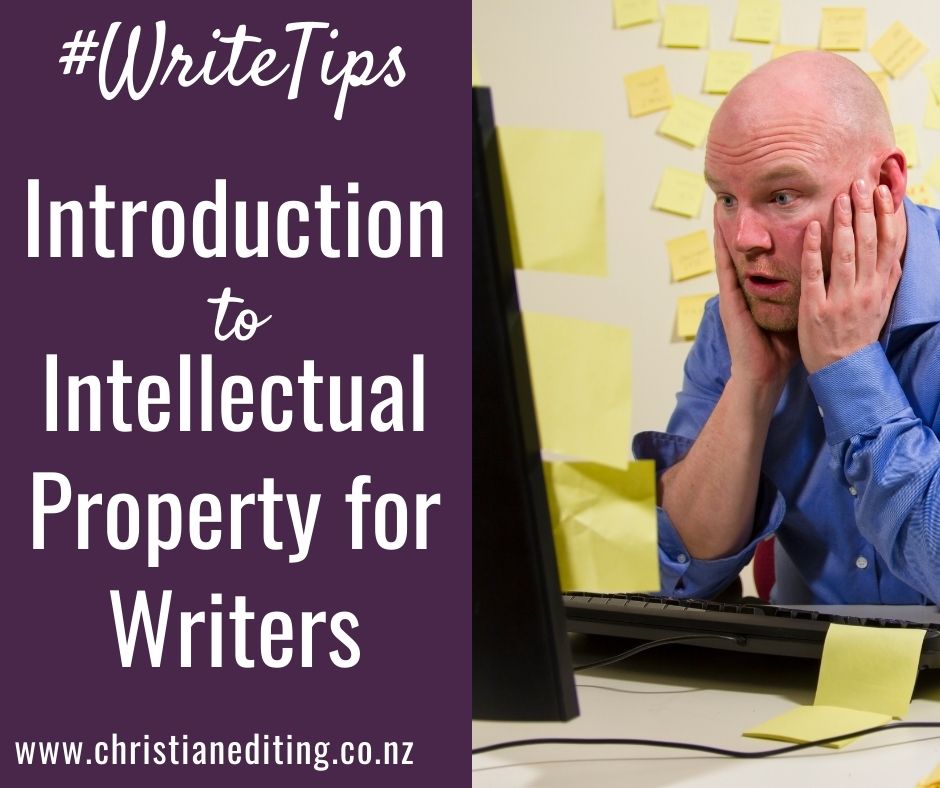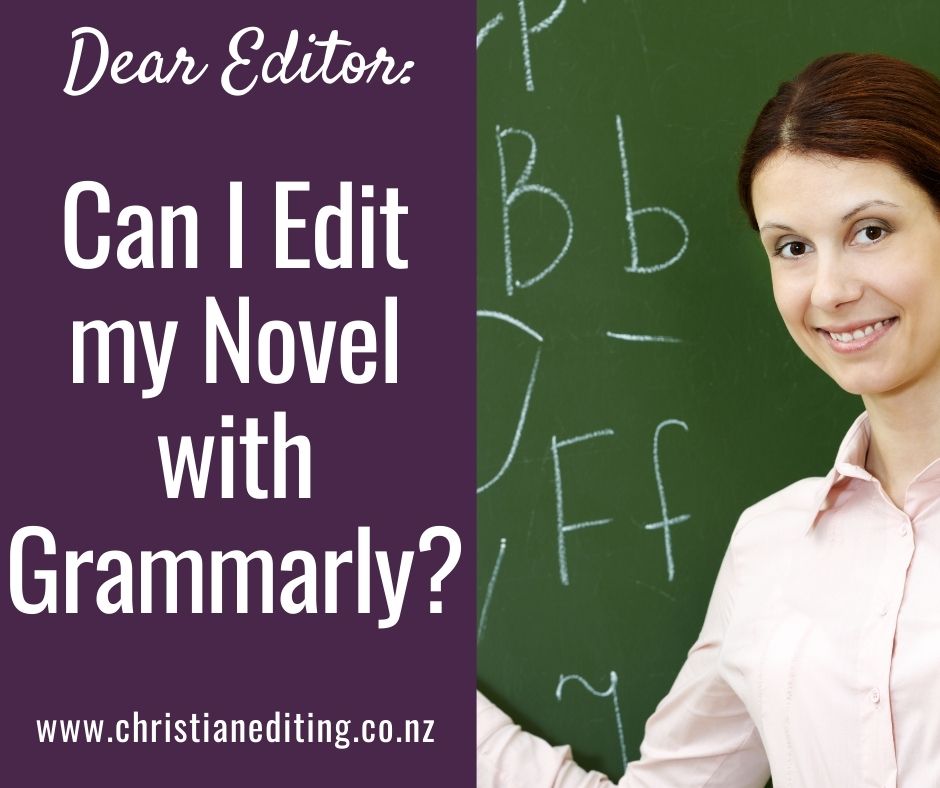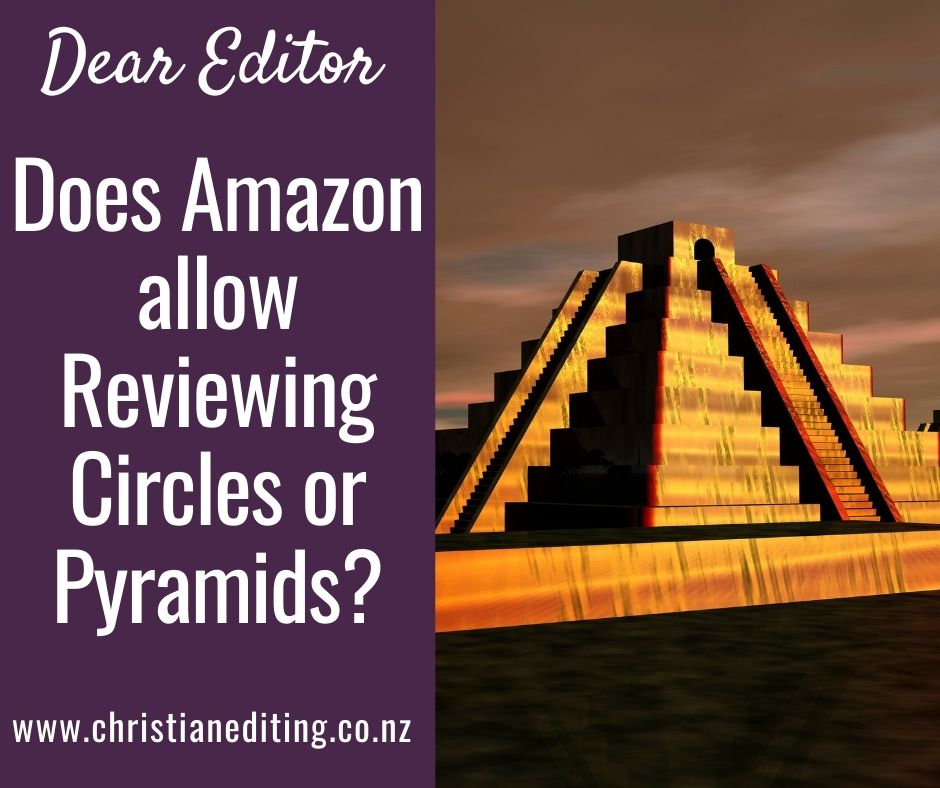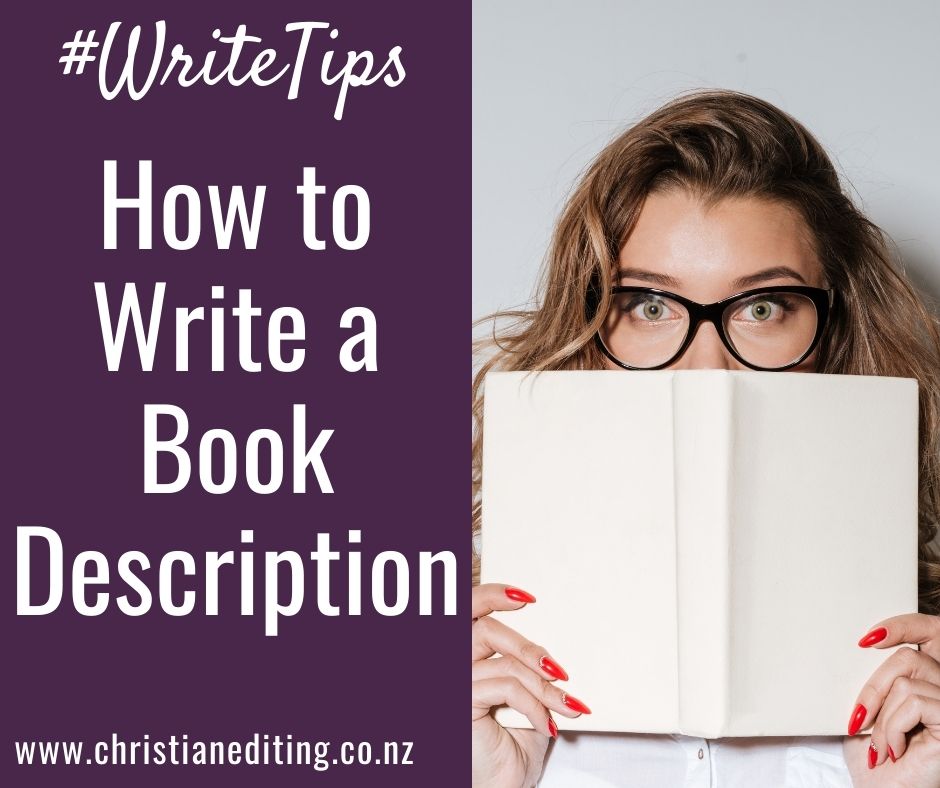Today I’m delighted to welcome Christian author Alexia Jones to the Christian Editing Services blog, discussing an important topic for all Christian writers:
Faithful and Flawless: Striking the Perfect Balance Between Strong Writing and a Strong Message
Writing is more than just putting words on a page. It’s a conversation, an invitation for readers to engage, reflect, and connect with something deeper. As writers, particularly those with a faith-driven message, we carry a unique responsibility: to craft writing that not only communicates clearly but also conveys something of eternal significance.
But how do we balance strong writing with a strong message? It’s not always easy. Sometimes we get so focused on our message that we neglect the way it’s presented. Other times, we may focus on our writing technique so much that we lose sight of the message altogether. Striking the right balance between the two is an art—and it’s essential for writing that resonates with the heart, as well as the mind.
Let’s explore how to find that sweet spot where your writing is not just technically solid but also faithful to the message you’re trying to share. Here’s how you can make your writing both strong and meaningful, guiding your readers to deeper insights and richer faith.
1. Know Your Message—Start with Purpose
Before you even start writing, take a moment to reflect on the purpose of your message. What do you want your readers to walk away with? What do you want them to feel, think, or do after reading your words? Your message should be the compass that guides everything that follows.
Strong writing starts with clarity about the message you’re communicating. Whether you’re sharing a personal story, a lesson from Scripture, or a biblical insight, the heart of your writing needs to be anchored in purpose. When the message is clear in your mind, it becomes easier to craft your writing around it in a way that speaks to the heart.
If you’re writing about something like God’s love or the importance of prayer, don’t just focus on the “what”—focus on the “why.” Why is this important to you? Why should your readers care? Answering these questions can help you shape your message in a way that will resonate deeply.
2. Build a Solid Structure—Make It Easy to Follow
No matter how powerful your message is, it can get lost if your writing isn’t well-organized. Think of your writing like a well-built house—it needs a solid foundation and a clear structure to stand strong. Without structure, even the best ideas can become a jumble, confusing your readers.
A good structure guides your readers from point A to point B smoothly and logically. Start with an introduction that grabs their attention and clearly states what the piece is about. Then, break your main points into digestible sections, each building on the last. Finish with a conclusion that sums up your thoughts and reinforces the central message.
Structure is not about rigid rules; it’s about creating a flow that makes it easy for your readers to follow and absorb your ideas. Whether you’re writing a blog post or a longer article, a clear structure ensures that your readers can easily follow the journey you’re taking them on.
3. Keep It Simple—But Not Shallow
Simplicity is key to strong writing. We often think that deep messages require deep, complex words, but that’s not the case. In fact, simplicity often allows us to communicate more clearly and powerfully. The best writing is straightforward, easy to read, and accessible to all.
However, don’t mistake simplicity for shallowness. You can write simply while still communicating profound truths. The goal is to make your writing accessible and clear without oversimplifying your message. This balance is where many writers stumble, trying to make their writing “sound important” by using complex language or unnecessary jargon. But strong, effective writing often gets straight to the point.
In the context of faith writing, this is especially important. You want your readers to connect with the message, not get lost in the language. For example, when writing about a biblical concept, instead of using a lot of theological terms, try explaining the concept in simple terms and then offer an example or story to help illustrate it.
4. Be Authentic—Let Your Voice Shine Through
There’s something about authenticity that draws readers in. In a world full of polished, commercial content, people are craving genuine connection. As a writer, you have the ability to offer that. Authentic writing is not just about the message you’re sharing but about how you’re sharing it.
Your unique voice, your experiences, your personality—these are all parts of what makes your writing stand out. Whether you’re writing about your faith journey, a lesson learned, or a biblical truth, your authenticity gives the words power. When readers sense that you’re writing from the heart, they are more likely to connect with you and the message you’re conveying.
This authenticity becomes even more important when writing about faith. Faith writing is often deeply personal and vulnerable, and readers want to feel that they are hearing your true thoughts, not just a series of neatly packaged, impersonal statements. Don’t be afraid to show your own struggles, doubts, or growth in your writing. People are moved by stories that feel real and honest.
5. Avoid Perfectionism—Embrace Progress
One of the biggest obstacles writers face is the pressure to be perfect. Whether it’s wanting every sentence to sound just right or stressing over whether you’ve captured the message exactly how you want it, perfectionism can paralyze your writing.
It’s important to remember that strong writing doesn’t mean flawless writing. It’s about delivering a clear, heartfelt message in a way that resonates with your readers. Don’t get bogged down by the details—focus on the big picture and the impact you want your writing to have.
Perfectionism can also rob your message of its power. Sometimes, the raw, imperfect parts of your writing can be the ones that connect the most. It’s okay to take risks, to let go of the idea that everything needs to be perfect. Embrace the idea that writing is a process, and progress, not perfection, is the goal.
6. Write with Compassion—And Care for Your Readers
The most powerful writing, especially in faith, comes from a place of compassion. When we write, especially about things that matter deeply to us, we’re also writing for others—people who may be in different places on their own journeys. Whether they’re seeking answers, comfort, or encouragement, your words can make a significant difference in their lives.
Take time to consider your readers as you write. How can you meet them where they are? How can you offer compassion through your words? Writing with compassion isn’t about sugar-coating things or making everything sound perfect; it’s about being mindful of your reader’s needs and speaking to them with care and empathy.
Conclusion: Faithful Writing, Flawless Message
Striking the balance between strong writing and a strong message is a constant challenge for any writer, but it’s also what makes writing truly impactful. When we write with intention, clarity, and authenticity, we’re not just communicating ideas—we’re opening hearts and minds to something bigger than ourselves. Whether you’re writing about faith, personal growth, or anything else, your words have the power to make a difference.
Remember, your writing is a reflection of both your skills and your heart. With practice, you can create writing that not only speaks clearly but also speaks truthfully. Keep honing your craft, stay true to your message, and let your authenticity shine through. That’s the path to writing that is both faithful and flawless.
About Alexia Jones
 Alexia writes on Christianity, focusing on how young people can engage in biblical teaching and grow in their faith. She is passionate about helping families and individuals develop a deeper relationship with God through practical, biblical wisdom. When she’s not writing, Alexia enjoys photography and spending time with her family. You can follow her on Facebook.
Alexia writes on Christianity, focusing on how young people can engage in biblical teaching and grow in their faith. She is passionate about helping families and individuals develop a deeper relationship with God through practical, biblical wisdom. When she’s not writing, Alexia enjoys photography and spending time with her family. You can follow her on Facebook.


